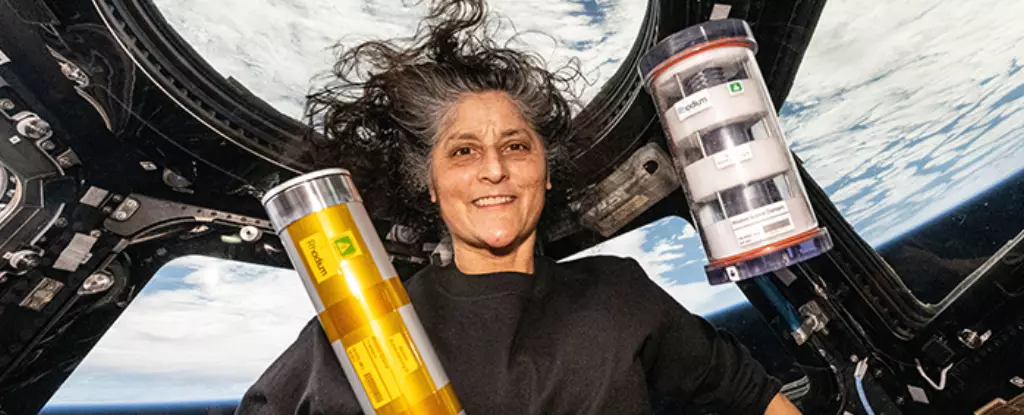Recently, NASA confirmed that two of its astronauts, Butch Wilmore and Suni Williams, who have been stationed on the International Space Station (ISS) since June 2024, will not return to Earth until at least late March 2025. This announcement, which marks another hiccup in their mission timeline, underscores the complexities and unpredictabilities associated with space exploration, especially when relying on evolving technologies such as Boeing’s Starliner spacecraft.
Initially, the mission was designed for an eight-day stay aboard the ISS. However, complications arose due to propulsion system issues during the Starliner’s flight, leading NASA to devise a new plan. Instead of returning the distressed spacecraft with its crew, the decision was made to utilize the capabilities of SpaceX’s Crew-9 mission to bring Wilmore and Williams back home. This decision highlights a growing dependency on commercial spaceflight solutions as integral components of national space missions.
Strategic Handover and Crew Dynamics
NASA initially assigned Crew-9’s two spare seats to accommodate the stranded astronauts, with plans for a return in February 2025. Yet, recent updates indicated that Crew-10, intended to replace Crew-9 and facilitate the return of Wilmore and Williams, would not launch until March at the earliest. The altered timeline necessitates an extended stay for the astronauts, prolonging their mission on the ISS to over nine months—an experience that significantly surpasses their original plan of just over a week.
This change introduces various challenges, not just logistic but also psychological, as prolonged exposure to the confined quarters of the ISS can test mental and emotional fortitude. The dynamic of crew interactions becomes critical; the astronauts must adapt to changing team compositions and maintain morale when facing uncertainties in mission length. Such extended missions may even provide valuable data on long-duration space travel, a crucial factor for future endeavors such as missions to Mars.
Technological Challenges in Space Exploration
The events leading to this prolonged stay shed light on the broader implications of technological reliability in spaceflight. The issues with the Starliner’s propulsion system prompt discussions about the pace of innovation within the aerospace sector and the importance of thorough testing to ensure safety and efficiency. NASA’s shift to relying on SpaceX’s Dragon spacecraft reflects a trend towards diversifying partnerships with private companies, whose rapid innovation in commercial spaceflight contrasts with some of the traditional approaches taken by government agencies.
Moreover, these challenges remain a learning experience in managing intricate logistics and timing, fundamental elements in the success of expansive space missions. As the space industry continues to evolve, the collaboration between NASA and spaceflight companies like SpaceX will undoubtedly define the future landscape of human space exploration.
While the prolonged stay of Wilmore and Williams on the ISS is an unforeseen development, it serves as a microcosm of the complexities inherent in space exploration. With multiple stakeholders involved and the ever-present challenges of technology, their experience may yield crucial insights not just for mission planning but for our understanding of human resilience in space. As we look towards the future of space travel, the lessons learned from this scenario will likely guide the design and execution of more efficient and adaptable missions.


Leave a Reply